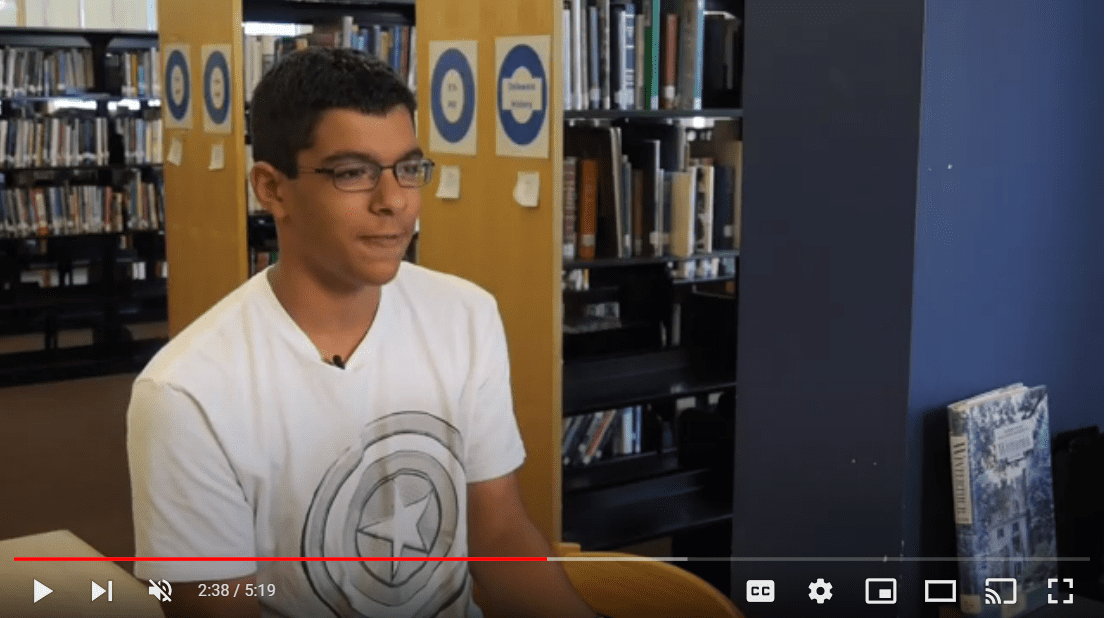The Interactive Mathematics Program®(IMP)
Interactive Mathematics Program is an integrated high-school mathematics curriculum designed to challenge students with a four-year sequence of college-preparatory mathematics. The curriculum has demonstrated in schools throughout the country that the successful study of advanced mathematics is an achievable standard for ALL students.
Available as a package or for individual purchase
E-Book
Professional Learning
Research-Based
Research-Proven
Designed and field tested with support from the National Science Foundation (NSF) and identified as “Exemplary” by the U.S. Department of Education.
Students are Active Learners
Students engage in problem-based learning with real-life, compelling contexts. Students experiment, investigate, and communicate as they actively learn together.
Total Support
for Teachers
In person and online teacher support, educational webinars, lesson modeling, and much more is available from our Professional Learning Team.
Need more info to decide if this the right curriculum for your district or school?
Curriculum Details
Interactive Mathematics Program® is one of three comprehensive high-school mathematics curricula identified as “Exemplary” by the U.S. Department of Education for providing convincing evidence of its effectiveness in multiple schools with diverse populations.
Interactive Mathematics Program places a strong emphasis on mathematical reasoning.
In IMP, students rely on mathematical reasoning to solve challenging problems, based on real-world situations as well as meaningful scenarios. With an emphasis on critical thinking, students develop multiple strategies to solve problems.
Interactive Mathematics Program® is technology-enhanced.
The IMP curriculum incorporates graphing calculators as an integral part of the development of mathematical ideas. The calculators enable students to see mathematics and problem solving in a different way and allow them to focus on ideas.

THE OVERLAND TRAIL Students look at mid-19th-century Western migration in terms of the many linear relationships involved.
THE PIT AND THE PENDULUM Exploring an excerpt from this Edgar Allan Poe classic, students use data from experiments and statistical ideas, such as standard deviation, to develop a formula for the period of a pendulum.
SHADOWS Students use principles about similar triangles and basic trigonometry to develop formulas for finding the length of a shadow.
COOKIES In their work to maximize profits for a bakery, students deepen their understanding of the relationship between equations and inequalities and their graphs.
ALL ABOUT ALICE The unit starts with a model based on Lewis Carroll’s Alice’s Adventures in Wonderland, through which students develop the basic principles for working with exponents.

Student Experiences
Hear what students have to say about the Interactive Mathematics Program
About The Authors
Select an author to learn more about their contributions to the fields of mathematics and education.
